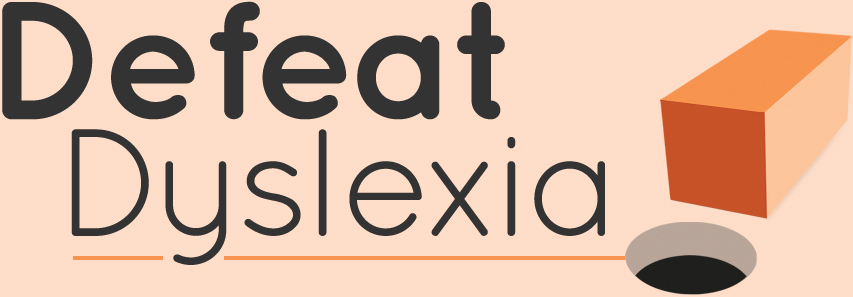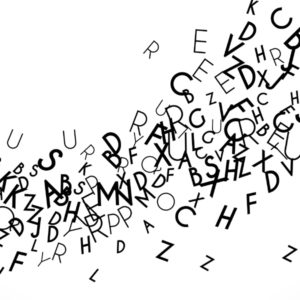Every well-diagnosed dyslexic child and young person is entitled to special allowances during exams – but many never receive these provisions.
So what do dyslexia-friendly exam arrangements look like? And how can parents make sure their child gets the help they need?
Dyslexia exam accommodations
The rules are always changing, but depending on his or her dyslexia diagnosis (see below), your child is allowed to some or all of the following provisions:
Extra time
A dyslexic child is almost always entitled to up to 25% extra time in exams. So, for a two-hour exam, your child might be allowed two-and-a-half hours.
A dyslexic child is entitled to up to 25% extra time
Evidence of a difficulty in one or more of these areas is usually proven with a dyslexia assessment showing standard scores under 85 (see below for more on what this means).
Use of coloured overlays or increased font size
A dyslexic child will normally be allowed to use coloured overlays during exams, including reading rulers and virtual overlays.
Use of a word processor
A dyslexic child will tend to be allowed to use a computer word processing program (with spell checker disabled) to type their exams, instead of writing them by hand.
Use of a transcript
In some cases, a teacher or other adult may be allowed to make a transcript of a dyslexic student’s exam paper. The adult will rewrite all of the child’s answers in a clean answer booklet, which is then sent to the examiner, along with the child’s original exam script.
Use of a scribe
A scribe is a person who writes down the child’s answers during an exam. This means the child can concentrate on his answers without worrying about handwriting, spelling, or grammar. (However, as a result, the child won’t normally get any marks for spelling and grammar.)
Use of a reader or computer reader
A reader is a person who reads the questions on an exam paper to the child. A computer reader (a machine that reads out what’s on the page) may be used instead. If a dyslexic child’s diagnosis shows that they have very poor reading ability (standard score of under 85), they may be granted the use of a reader.
Extra time is not given automatically
“How can my child receive exam allowances?”
In order to get dyslexia-friendly exam accommodations, the SENCo will need to fill in a form giving evidence about what allowances should be made and why.
It would be a good idea for parents to discuss the possible options (extra time, use of a computer, having a reader, having a scribe, supervised rest breaks) with both your child and the SENCo, so that everyone is on the same page.
“How are dyslexia exam accommodations calculated?”
The evidence collection process for external exams such as GCSEs varies from school to school. Often it is in the form of assessments done in school in the year or two beforehand.
 These assessments are normally done in a group setting, by a qualified assessor (usually the SENCo). It is wise to check when these will take place and that your child is on the list of children being assessed. Afterwards, remember to check that the results show that your child is eligible.
These assessments are normally done in a group setting, by a qualified assessor (usually the SENCo). It is wise to check when these will take place and that your child is on the list of children being assessed. Afterwards, remember to check that the results show that your child is eligible.
If they are not on the list or are found to be ineligible, you will need to talk to the SENCo about other ways that the necessary evidence can be collected. This tends to be via a formal dyslexia diagnosis from an Chartered Psychologist or a Specialist Assessor.
A dyslexia assessment of this type can be arranged (for a fee) privately or (at no cost) through your child’s school. Bear in mind that going the school route can take a long time (sometimes more than a year), so if exams are looming, it may be worth going private.
The dyslexia assessor will use a range of tests to find your child’s strengths and weaknesses. Using the results of these tests, he or she will make recommendations for allowances in exams. These may be used by the SENCo to give evidence of the need for exam concessions.
However, if the school has not paid for the assessment, then they do not have to accept the recommendations. It is wise to check beforehand that they will accept the evidence provided and that it is within the required time constraints.
“Where can I find the relevant info on exam arrangements?”
Dig out the reports done by the Chartered Psychologist or Specialist Assessor and have a look at the recommendations section. Hopefully this will list suggestions for special exam arrangements.
Look for standard scores under 85 in the dyslexia report
Only those with reading, spelling, writing speed or ‘speed of working’ (phonological awareness, working memory, processing speed or visual/motor integration) standard scores below 85 qualify easily for exam allowances. Below-average scores of this level demonstrate that your child is entitled to extra help.
“What if my child doesn’t have scores below 85?”
If your child does not have any such scores below 85, then exam concessions are still possible, but more evidence needs to be provided. The school will definitely need to show that the exam arrangements reflect their normal way of working. Seek independent advice from specialist assessors, educational assessors and dyslexia associations.
What to do before exam time
Don’t wait till exam season to talk about special provisions
For many dyslexic students, the difference between a pass and a fail can be a matter of a few extra minutes’ time. So, parents: make sure your child gets everything they’re entitled to!
More information
Joint Council for Qualifications | Regulations and Guidance
PATOSS | Dyslexia: Assessing the Need for Access Arrangements in Examinations











Leave a Reply